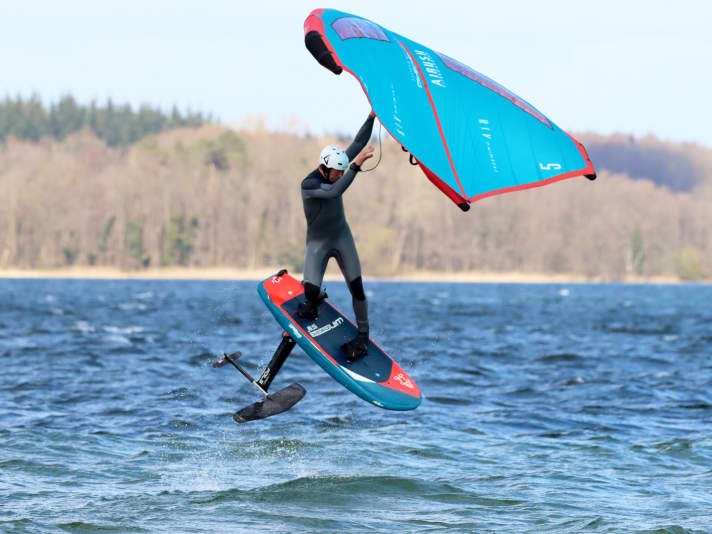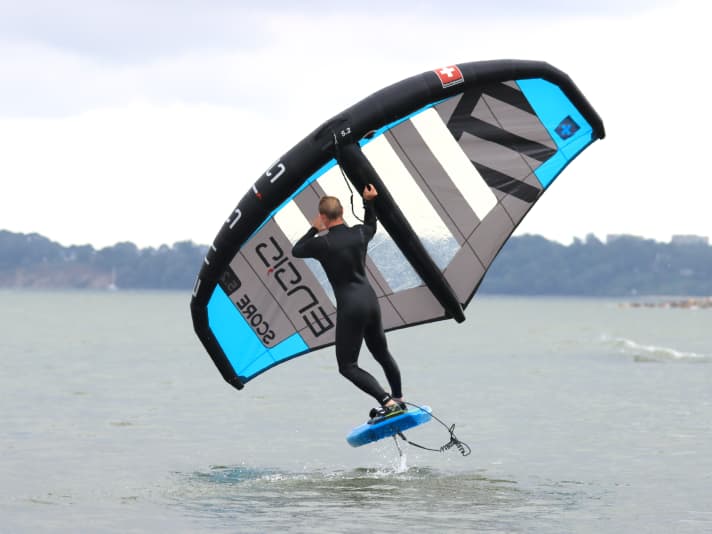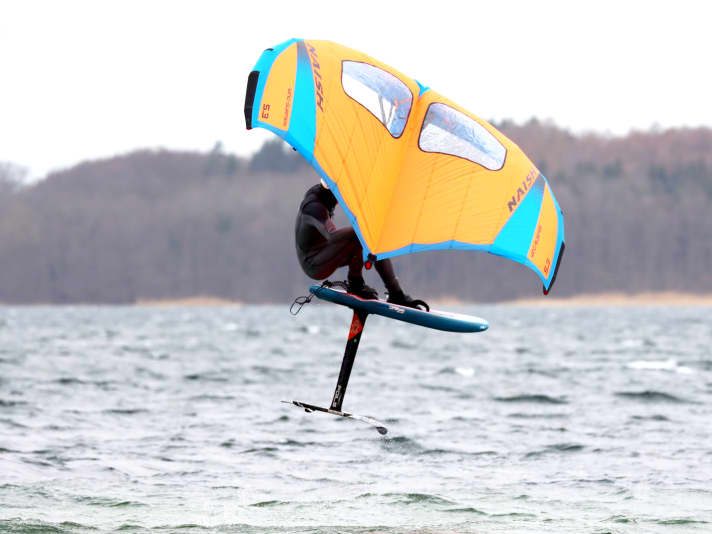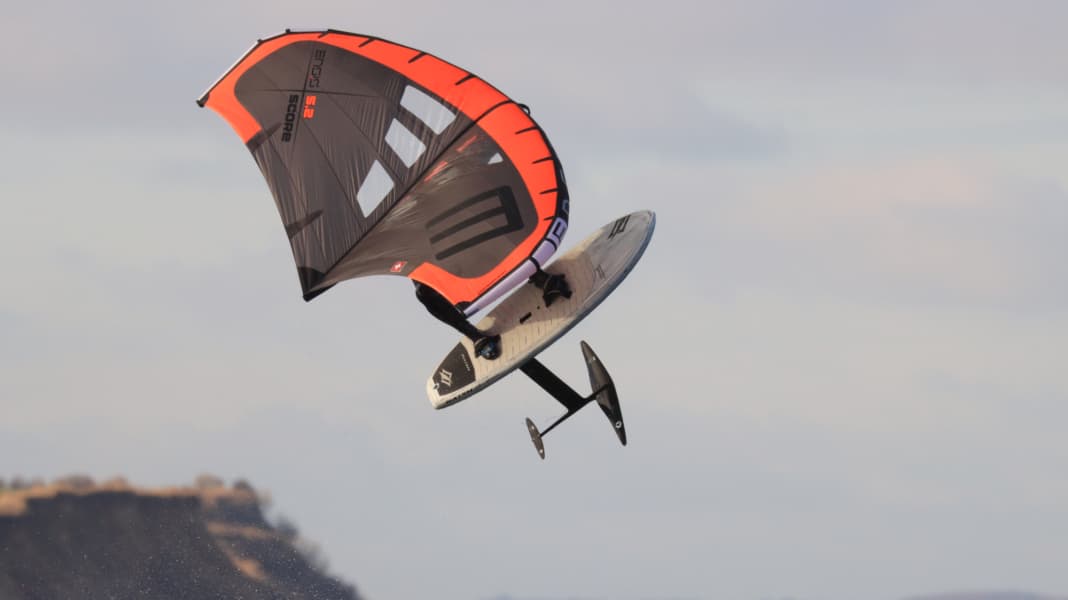
Wingsurfing is a comparatively young sport, but the specialisation of products is already progressing. There are now wings for waves or freestyle - but also all-round wings that are designed to cover a particularly wide range of uses.
What makes good all-round wings?
Most wingsurfers want one wing for everything! All-rounders should therefore work in a wide range of different conditions - for relaxed freeriding on flat water, for first tricks and jumps and also for surfing swell or small surf waves. Different factors are important for each area of use, which we will briefly explain below:
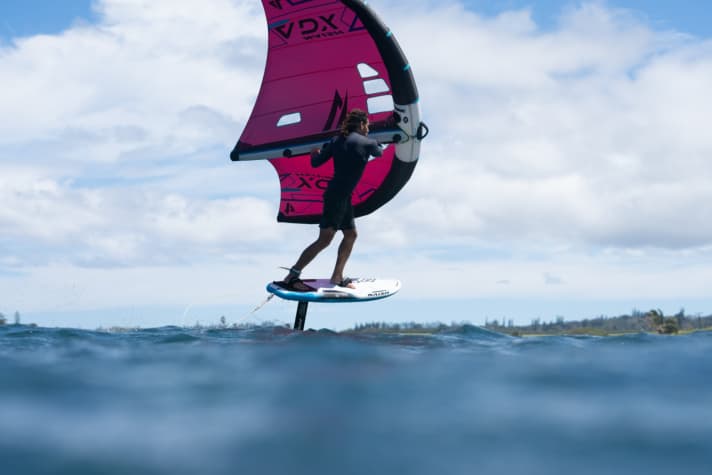
Freeride suitability
The term "freeride" stands for uncomplicated take-off, relaxed and sporty flying and typical foil manoeuvres such as jibes, tacking and foil 360s. For a wing to be suitable for freeriding, it should offer enough power and easily bring the surfer up to the required take-off speed. In the air, it is above all an even distribution of pull on both hands that decides whether you hang relaxed on the wing or have to plough unnecessarily. Good freeride and all-round wings should therefore have a stable centre of effort and offer the option of moving your hands sideways in terms of the grip system - fixed grips or boom systems often have an advantage over narrow handles in this respect. Whether you need a window in the wing for freeriding or not is something everyone should decide for themselves - there are good reasons for both. If you want to share your opinion on this topic with us, you can find HERE a small vote on the topic "Windows in the wing - yes or no?"
Wave suitability
Wings should fly as neutrally as possible behind the wave - this is also known as "drifting" or "flagging". Wings with a slightly wider wingspan and a pronounced "V" usually have an advantage here, as they position themselves stably in the wind current and do not oscillate back and forth uncontrollably.
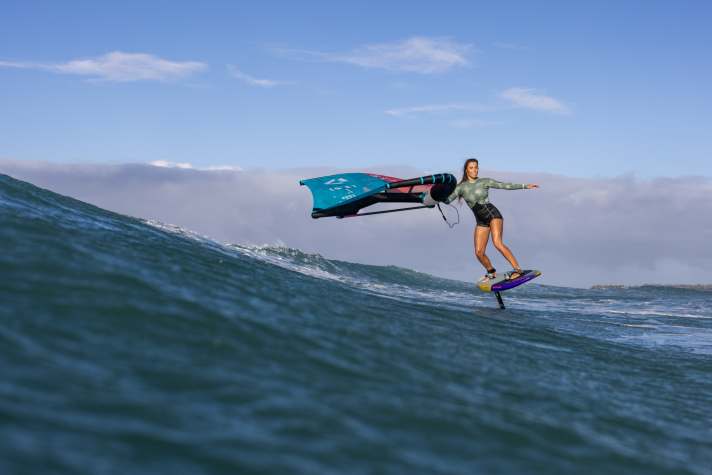
Freestyle suitability
Freestyle is developing extremely dynamically, with new tricks and jumps being created almost daily. For a wing to work well for freestyling, light weight, compact dimensions and the most direct possible connection to the wing are crucial. Wings with an extremely wide span, high dead weight or very soft, indirect grips are less suitable in this respect.
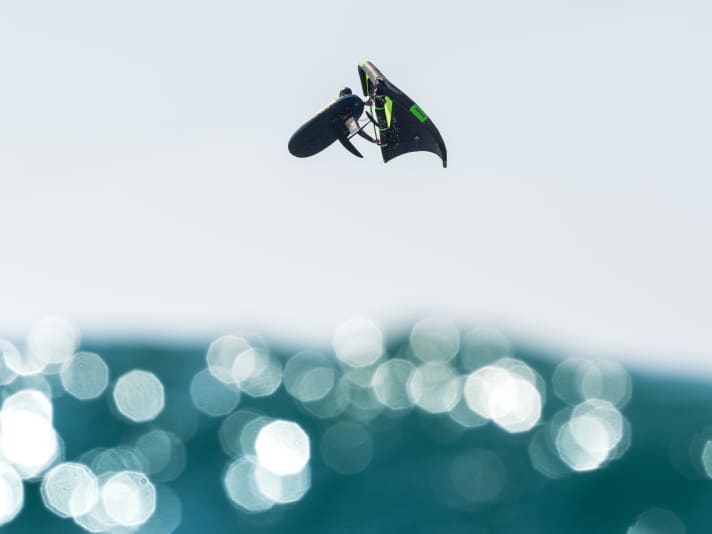
All-round wings - spoilt for choice
We have filtered out the best all-rounders for you from all the wings we have tested. These wings may not be absolute top class in each of the three areas of "freeride", "wave" and "freestyle", but all in all they offer the widest range. So if you want to cruise in flat water, practise your first jumps and tricks and occasionally ride steep swell waves or beautiful lines, you can easily do this at a high level with the following all-round wings.
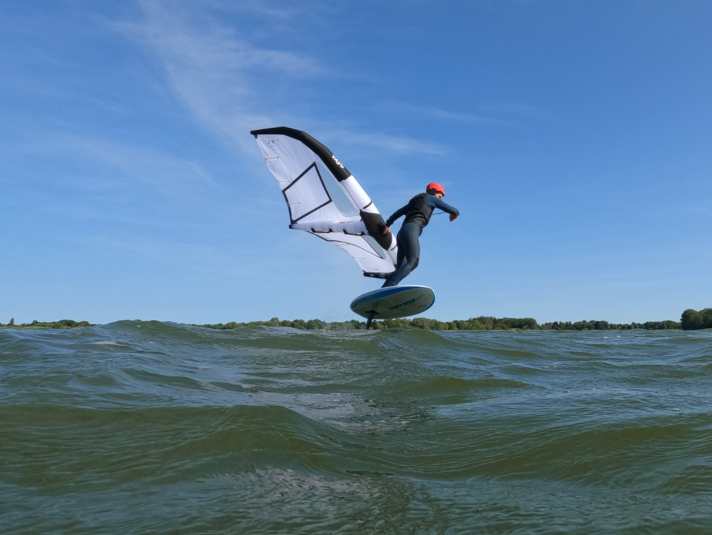
One final note: Although our test crew spent a lot of time on the water, it is hardly possible to test all brands and models due to the flood of new products - especially not if you follow our maxim and want to put every wing on the water in as many different conditions as possible. The following list is therefore not exhaustive and there are certainly other models on the market that deserve a place in our hit list of the best all-round wings. Furthermore, the following overview, sorted by year, does not represent a ranking, it is merely a alphabetical sorting.
The best all-round wings of the 2025 season (to be continued...)
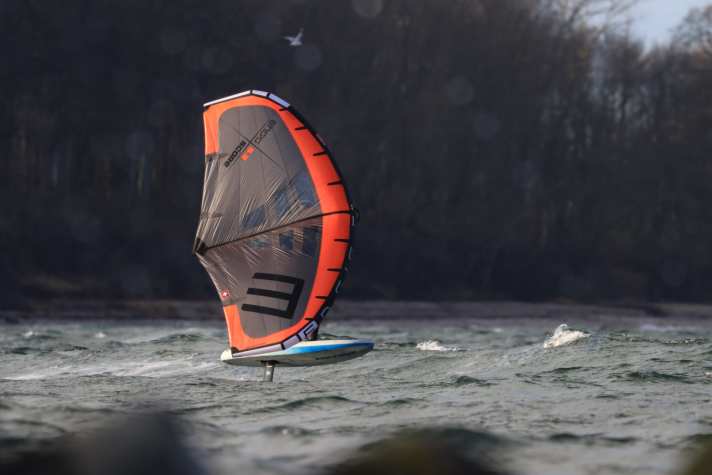

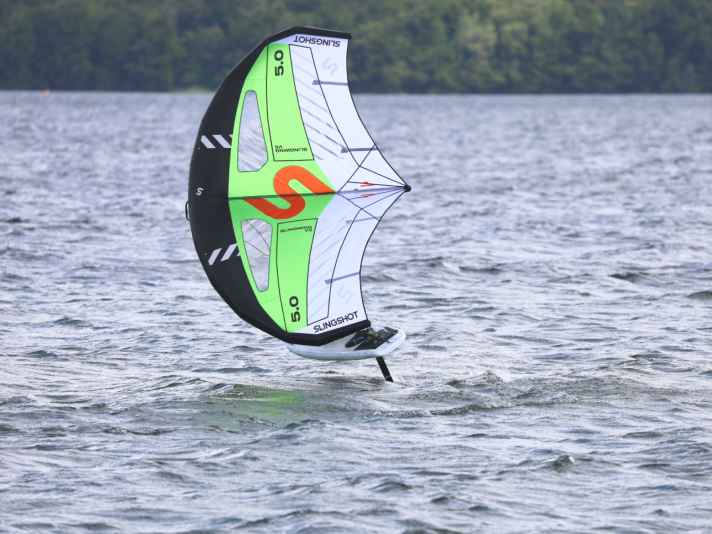

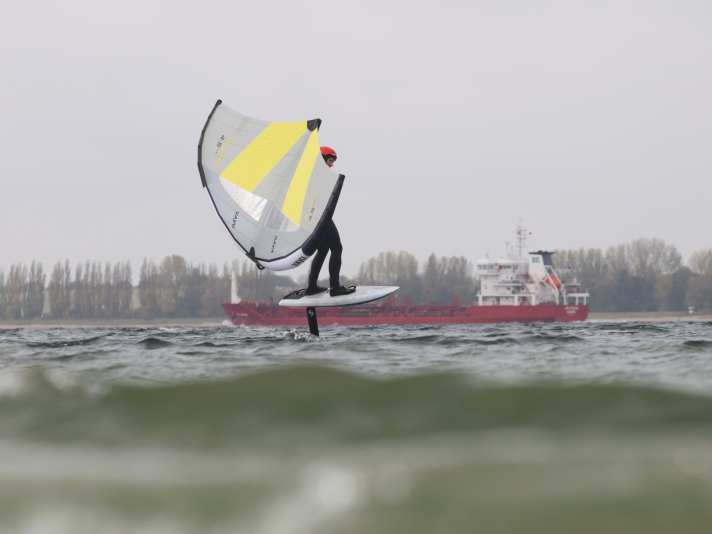
The top all-round wings of the year 2024
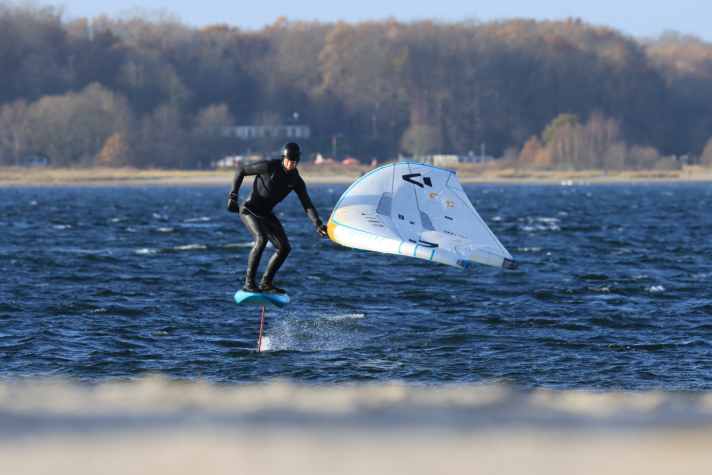
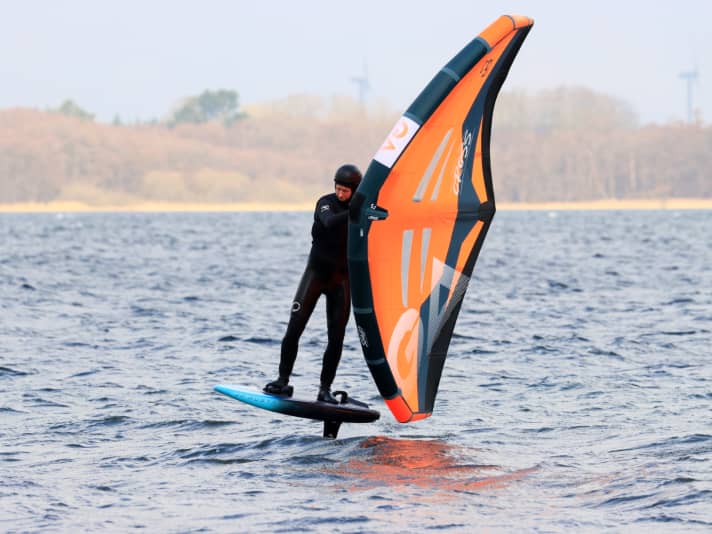
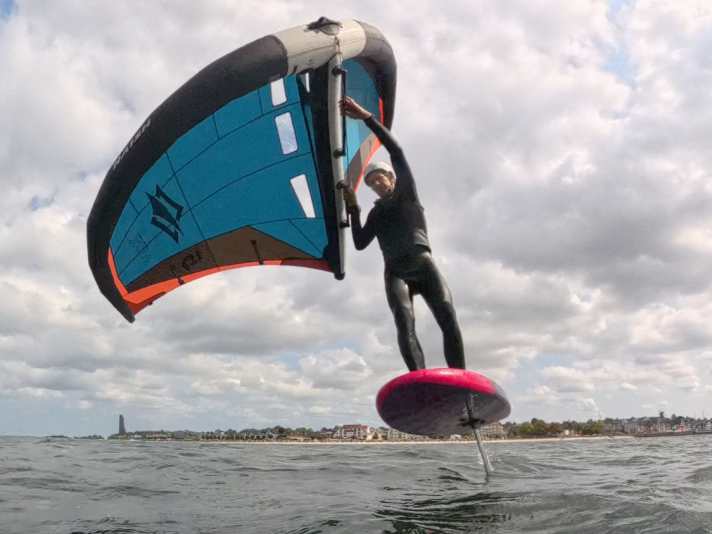
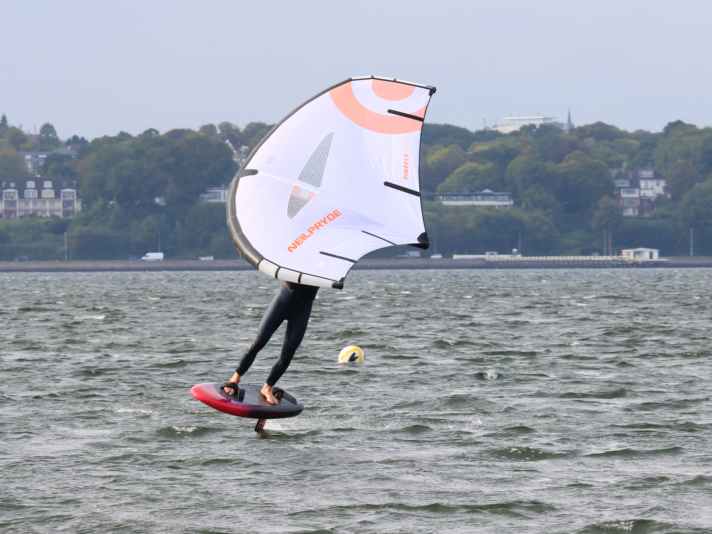
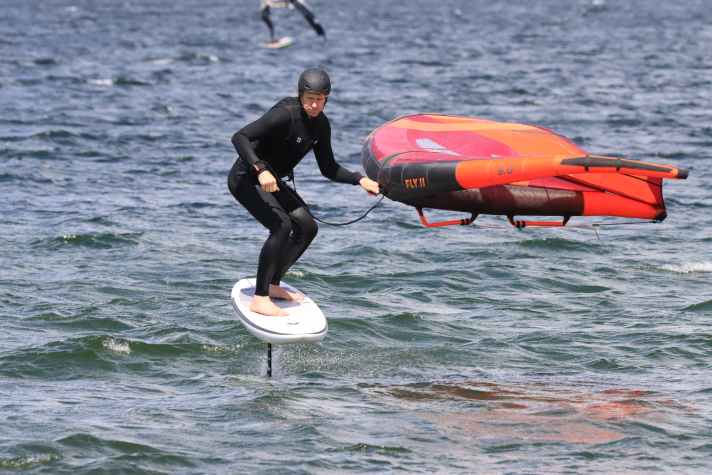
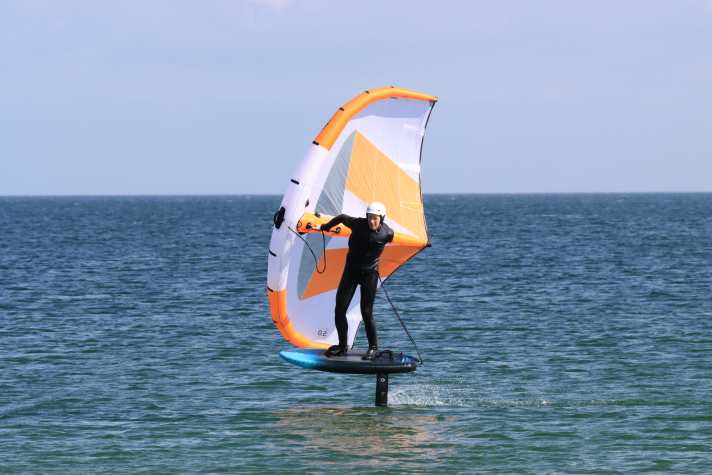
The top all-round wings of the year 2023
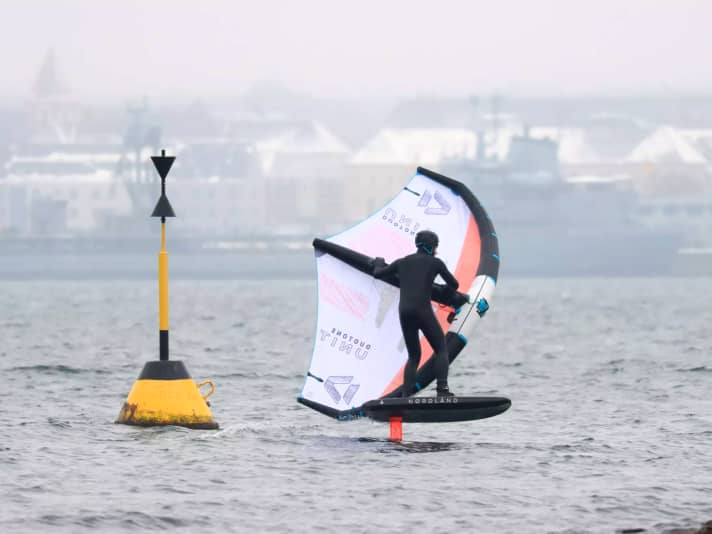
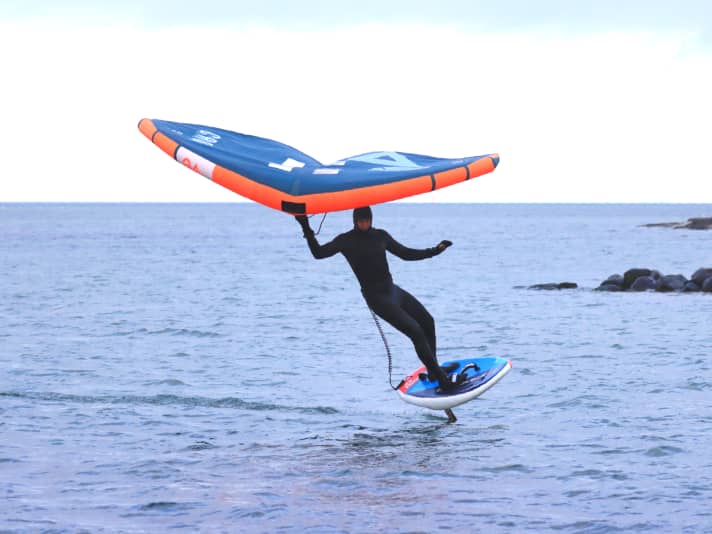
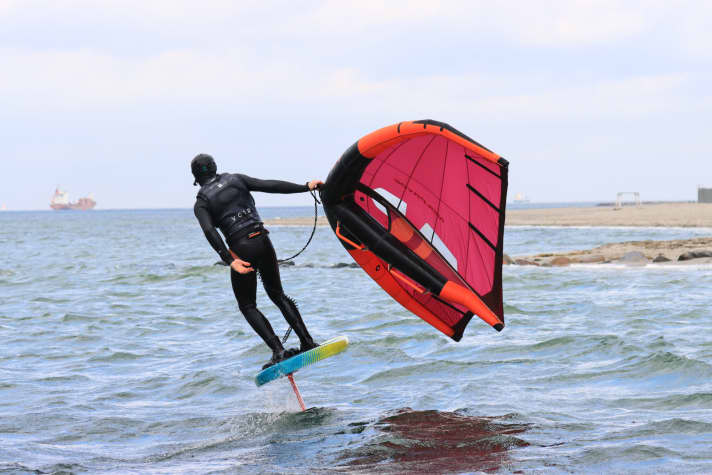
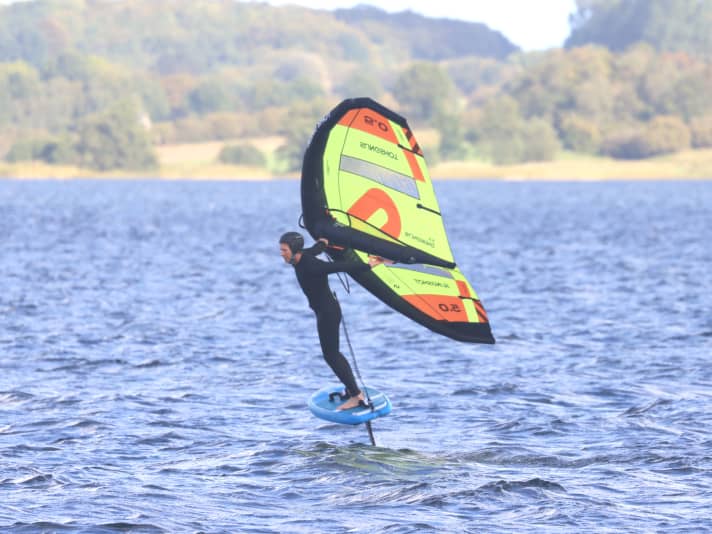

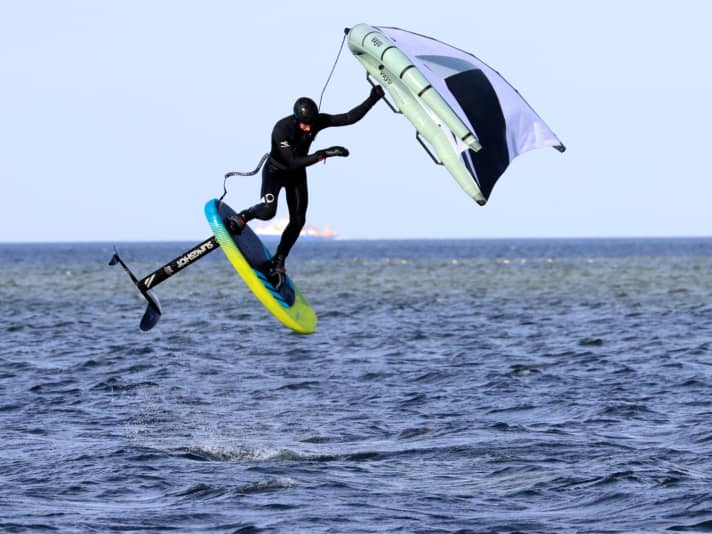
The best all-round wings of the year 2022
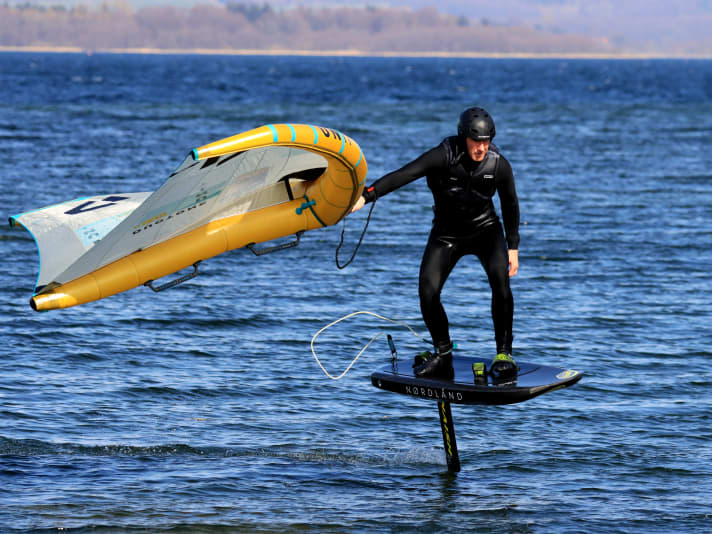
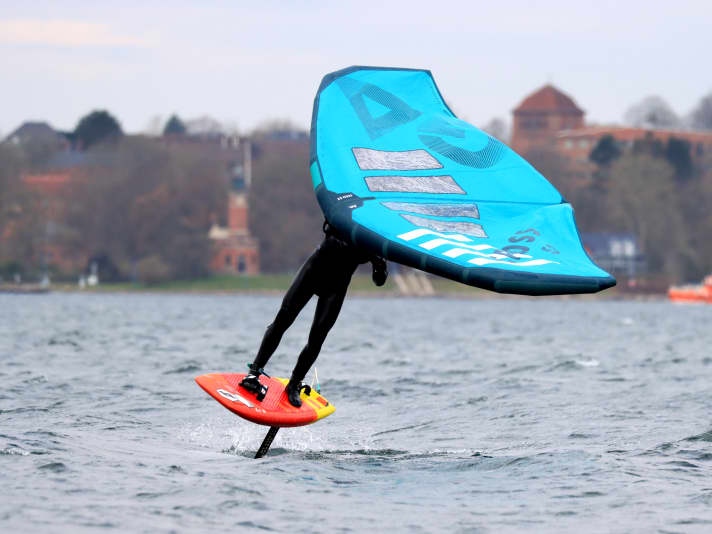
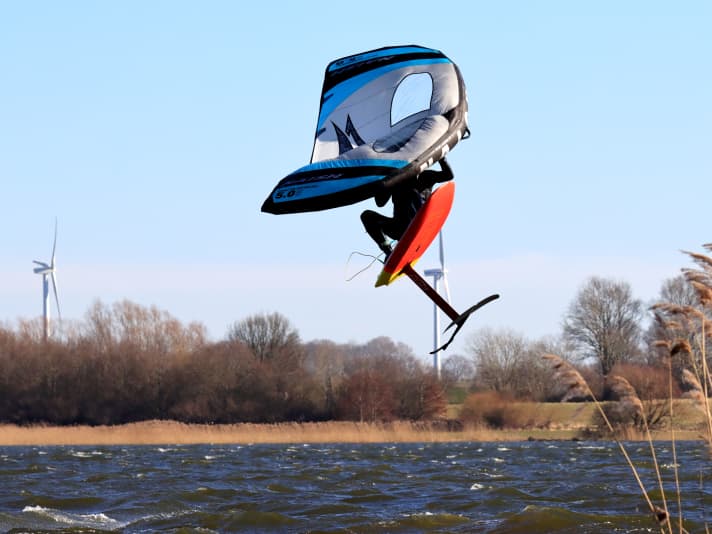
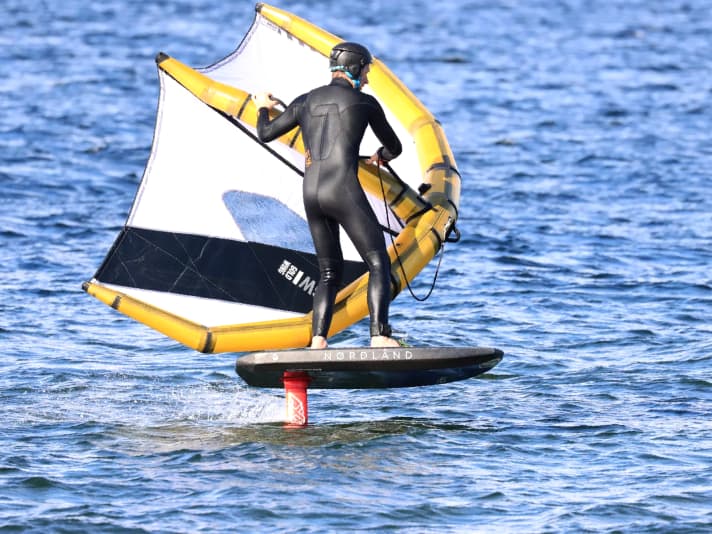
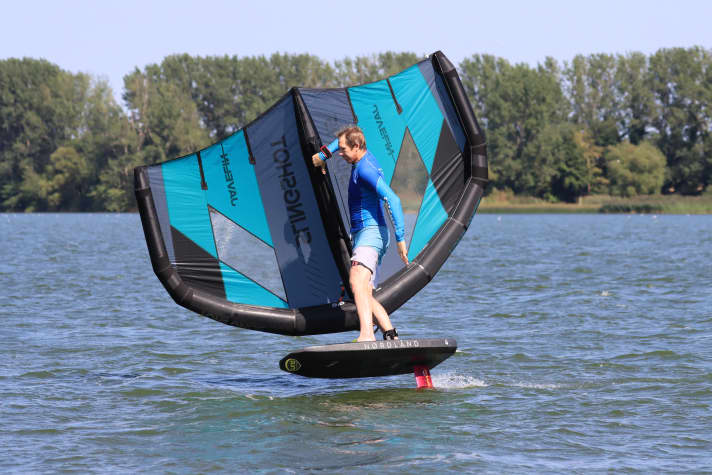
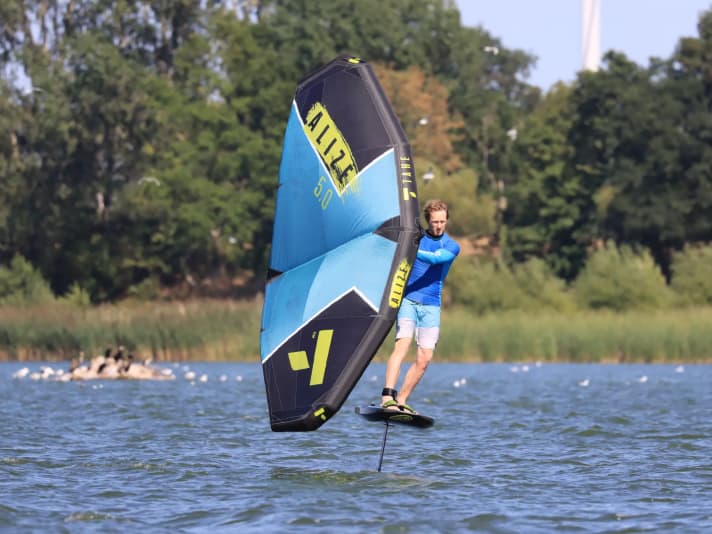
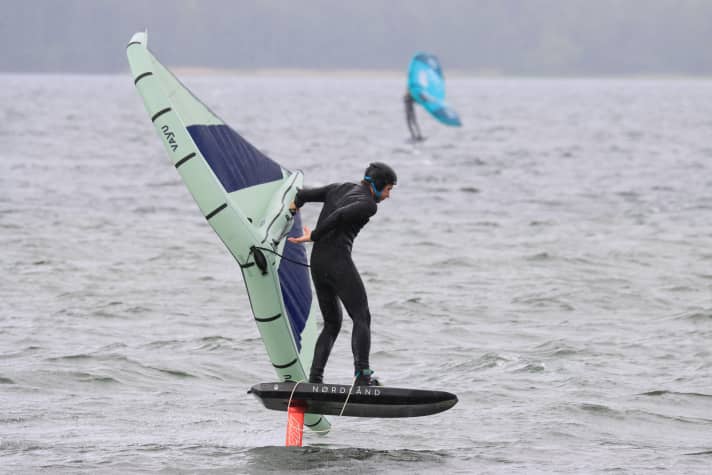
The best all-round wings of 2021
